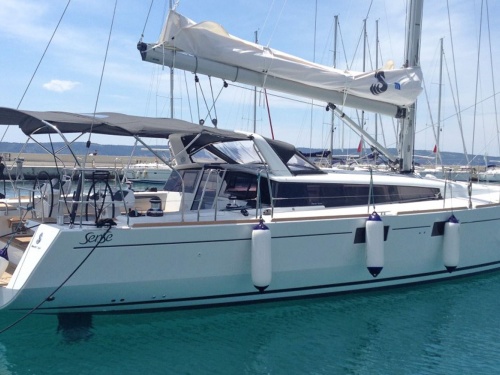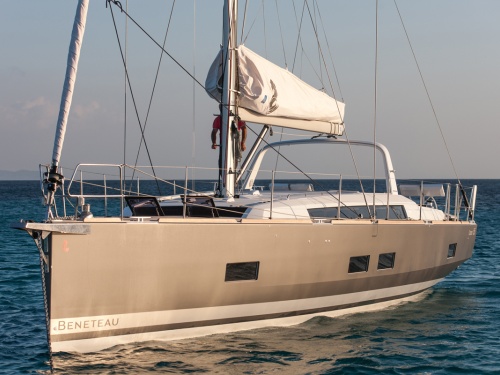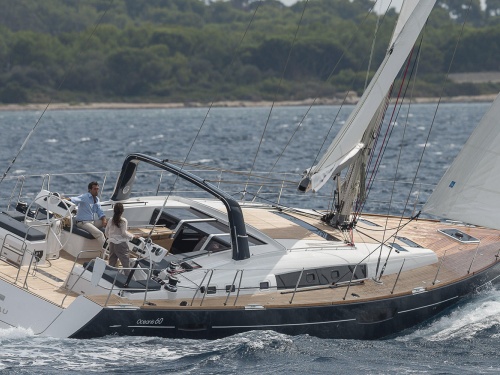Access More Boat Tests
Already have an account? Login
By submitting this form, you acknowledge that you have read and agree with the Privacy Policy & Terms of Use of BoatTEST.com.
Beneteau Oceanis Yacht 62 (2019-)
1 x 170-hp Yanmar diesel
Price
See the price by becoming
a BoatTEST member.
Members Must Log In
Brief Summary
The Beneteau Oceanis Yacht 62 is state of the art with generous accommodations on deck and below, thanks to her 17’6” (5.33 m) beam that is carried nearly all the way to its transom. The boat has nearly every device invented in the last 50 years in the sailing world to make sail handling as effortless, and as simple as possible. Further, she is full of innovations of her own that make her a noteworthy vessel, her size notwithstanding.


